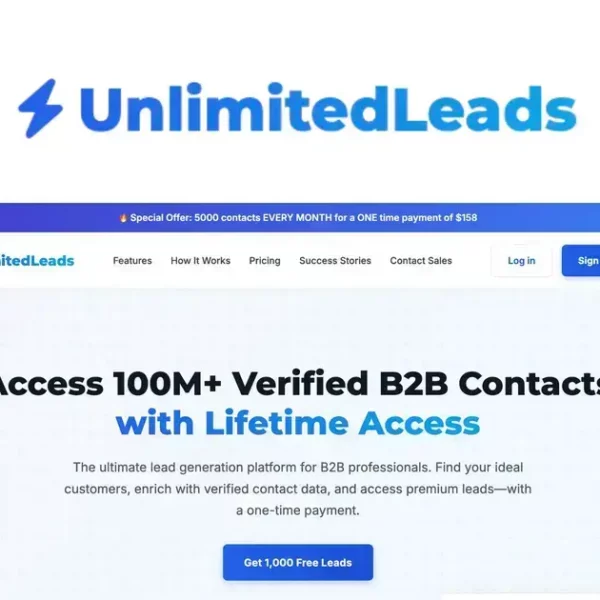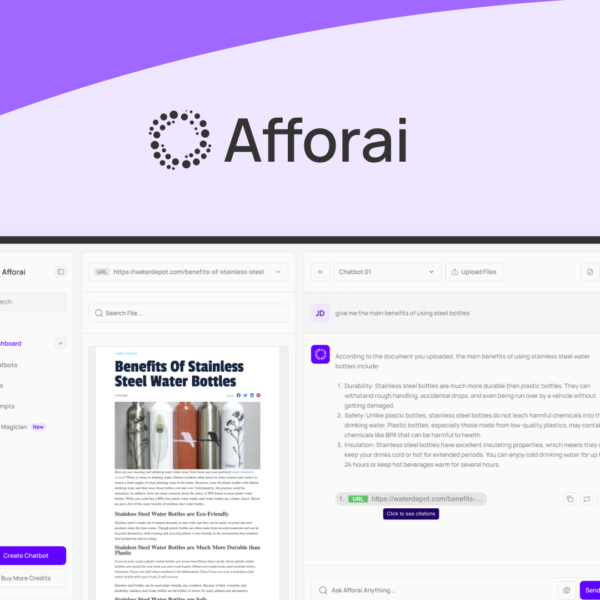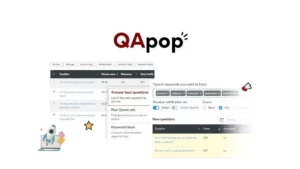Let’s be real, picking the right SaaS product can feel overwhelming. With so many options out there, knowing how to choose wisely is crucial to ensure it benefits your business.
Homework on Developers and Companies
Before jumping into any software deal, do your homework on the developers and companies behind it. That means checking who they are and what they stand for. Knowing the company history can tell you a lot.
The Importance of Reviews
Look for reviews and testimonials online. This lets you see what others think. A great place to start is social media, tech forums, and customer review sites. Pay closer attention to negative feedback and how the company responds to it.
Company Longevity
Check how long the company has been in business. Newer companies might offer great deals but can be risky. Companies that have been around longer often have a more stable product.
Understand Their Vision
It’s key to grasp the company’s vision and roadmap. What features do they plan to add? Do they seem forward-thinking? Knowing this helps you see if they’ll support their product in the future.
Customer Support Availability
Good customer support can make or break your experience. Reach out with questions to gauge their response time and helpfulness. This can save you headaches later on.
Check Recent Features

When looking at SaaS deals, it’s crucial to check recent features. New updates can mean better performance and user experience. Always review the latest improvements the software offers.
Explore Release Notes
Visit the company’s website to find their release notes. These notes detail what new features and fixes have been added recently. They often highlight enhancements that make the product more effective.
Look for User Feedback
User feedback is another great resource. Check forums and social media to see what real users think about the new features. Are people happy with the updates? This gives you insight into how changes affect user experience.
Identify Relevant Features
Consider whether the new features align with your needs. Not all updates will matter to everyone. Focus on functionalities that will really benefit your business.
Trial Periods for Testing
If possible, take advantage of trial periods. These allow you to test new features firsthand. It’s the best way to see if they meet your expectations before committing.
Examine Their Roadmap
Another vital step is to examine the company’s roadmap. This document outlines what the company plans to do in the future. Knowing this helps you understand their goals and direction.
Understanding Roadmap Importance
A roadmap shows you the features that are coming soon. It lets you see if the company is committed to improving its product. If a company has exciting updates planned, it often means they’ll keep evolving.
Check for Consistency
Look for how consistent they are with their plans. If they keep delaying features or changing their goals, it might signal issues. You want a company that sticks to its promises.
Engagement with Users
Some companies even allow users to influence their roadmap. This engagement can be a positive sign. It shows they value customer feedback and adapt based on users’ needs.
Future-Proofing Your Choice
By checking the roadmap, you can see if the software will still meet your needs down the road. Choosing a product with a strong future plan can save you a lot of trouble later.
Chat with Customer Support

Don’t underestimate the value of chatting with customer support. This can give you a feel for how the company treats its clients. Before committing, reach out with questions.
Response Times Matter
Take note of how quickly they respond. If they reply fast, it’s a good sign. Quick responses show they value customer inquiries and want to help.
Helpfulness and Knowledge
Pay attention to how helpful their answers are. Are they clear and informative? Or do they seem vague or unhelpful? Great support is easy to understand and provides valuable information.
Availability of Support
Check their hours of operation. It’s best to pick a company with support available when you need it. Some companies offer 24/7 support, while others have limited hours.
Different Support Channels
See if they offer multiple ways to reach out. Options like live chat, email, and phone support give you flexibility. Choose a company that makes it easy to get help.
Assess Immediate or Future Needs
When choosing a SaaS product, it’s essential to assess immediate or future needs. Think about what your business requires now and what it may need later.
Identify Current Challenges
Start by identifying any current challenges you face. What problems do you want the software to solve? Addressing these needs can help you choose the right solution.
Plan for Growth
Consider where you see your business in the future. Are you planning to expand? Choose software that can grow with you. It’s important to pick solutions that will not become outdated quickly.
Flexibility and Scalability
Look for features that allow flexibility. Can the service adapt as your needs change? Scalable options can save money and time in the long run.
Involve Your Team
Get input from your team when assessing needs. They can provide valuable insights based on their daily tasks. This helps ensure that the software fits everyone’s requirements.




